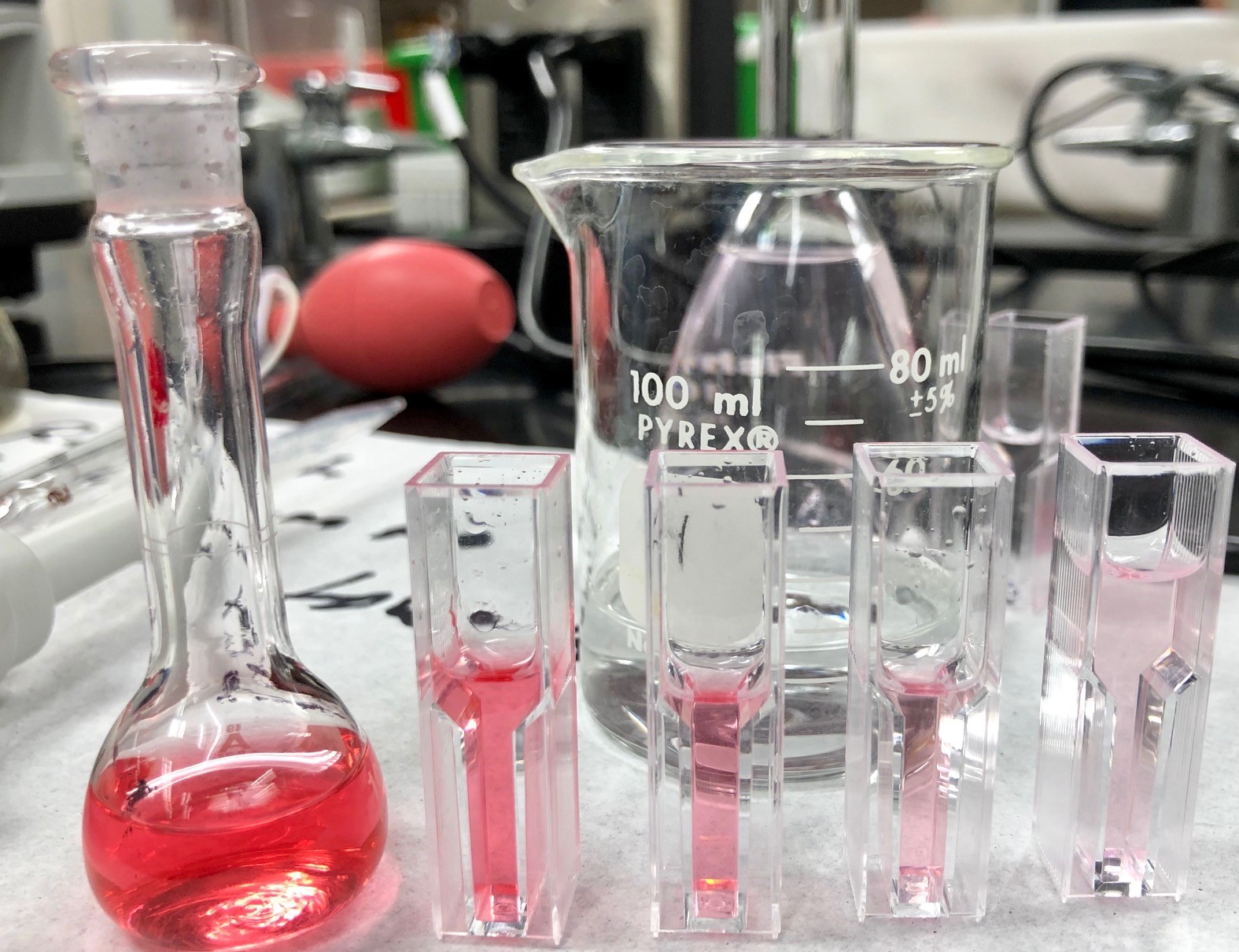



Lab update: a simpler way to detect Monensin
Researchers have developed a new way to detect Monensin, a feed additive used to treat coccidiosis in poultry.Researchers from Palm Beach Atlantic University have developed a new method for detecting Monensin in the lab. The technique allows small concentrations of the compound to be detected without using high-performance liquid chromatography.

Monensin is an antibiotic feed additive used to treat coccidiosis in poultry and other farm animals. Though the compound is effective at treating coccidiosis, it has a narrow therapeutic window – meaning that it can be toxic to poultry if the incorrect dose is used. The compound also has adverse reactions when combined with certain penicillin-based antibiotics like erythromycin.
According to PoultryMed, an online poultry resource, Monensin needs to be administered to broilers in 30 percent solutions in order to treat coccidiosis. Considering that most commercial Monensin solutions have a 40 percent concentration, being able to detect additional sources of the compound could help broilers avoid exposure to toxic doses.

In the current study, the researchers decided to use visible light spectroscopy to detect Monensin. This method lets researchers detect chemical substances based on the wavelengths of light the chemicals absorb and reflect.
This is a departure from current detection methods that rely on high-performance liquid chromatography (HPLC). Though HPLC can detect Monensin in the environment, it takes multiple, time consuming steps to reach a result. A simpler detection method that wasn’t reliant on HPLC equipment could ease workflows in the lab and provide quicker results in the field.

This method for detecting Monensin will allow labs to test for the substance without relying on high-performance liquid chromatography equipment.









